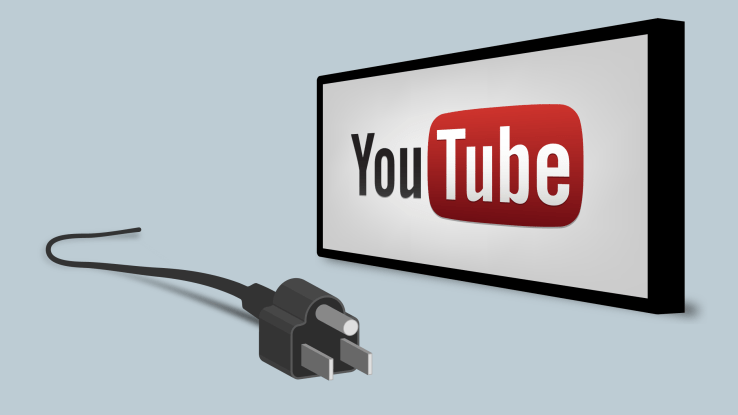
announced on Tuesday that it will require creators to have at least 1,000 subscribers and 4,000 hours of videos watched in the past 12 months before they can monetise their videos with advertisements. Neal Mohan, chief product officer, and Robert Kyncl, chief business officer, wrote that the changes were part of plans to prevent “bad actors” harming the creators who upload videos to the site. “A big part of that effort will be strengthening our requirements for monetisation so spammers, impersonators and other bad actors can’t hurt our ecosystem or take advantage of you, while continuing to reward those who make our platform great,” they wrote on YouTube’s creator blog. YouTube has come under pressure as large advertisers have withdrawn money from the site when their ads have appeared next to unsavoury or inappropriate videos. AT&T, Verizon, McDonald’s and L’Oréal are among the marketers that pulled advertising from YouTube last year.
The company has been trying to assuage those concerns with a series of measures. It has already tightened the criteria for which channels can host advertising, restricting it last year to those with 10,000 views across their lifetime. But it said this week that it had become clear over the past few months that it needed a “higher standard”. The platform is trying to juggle the demands of advertisers, which are switching to the site to reach younger cord-cutting audiences, with the complaints of many YouTube creators who believe the platform should be an open space for them to share their thoughts and make money. YouTube recently removed the channels of Logan Paul, a YouTube star with almost 16m subscribers, from its Google Preferred platform, a service designed for advertisers, after he posted a video showing a suicide victim. The company also said it would continue to use signals such as spam and abuse flags to identify problematic content. It intends to hire more moderators to respond to these kind of flags and take down unwanted videos. The executives admitted that while these changes would tackle “the potential abuse of a large but disparate group of smaller channels”, they do not yet have the answers about how to address “the bad action of a single, large channel” and would be polling other creators for ideas.




0 comments:
Post a Comment